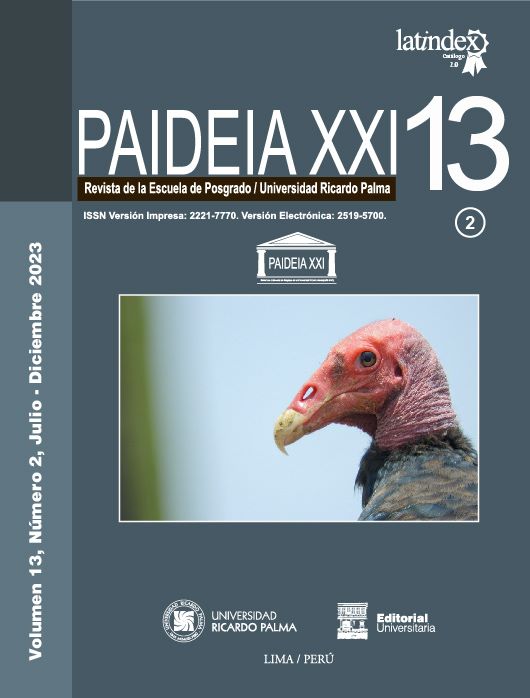Prostate cancer morbidity in Villa Clara, Cuba: 2016-2020
DOI:
https://doi.org/10.31381/paideiaxxi.v13i2.5983Keywords:
cancer, modifiable risk factors, stratification, prostate, Villa ClaraAbstract
Prostate cancer is one of the pathologies that currently has increased its incidence; it is the most common among the male population worldwide. The objective was to characterize prostate cancer morbidity in Villa Clara province, Cuba. A longitudinal and retrospective descriptive observational descriptive study was conducted in patients diagnosed with prostate cancer, in Villa Clara province, central region of Cuba, during the period from January 2016 to December 2020. The study population included all patients diagnosed with prostate cancer in the province during the period studied. Techniques of frequency distribution, percentages, absolute and relative differences were used. The highest incidence of prostate cancer was in the age group 70-79 years with a rate of 1554 per 100 000 inhabitants. Smoking was the main risk factor in 44.64% of the patients. Of the cases, 28.33% were diagnosed at clinical stage II of the disease. In the stratification of cancer risk, the municipalities of Santa Clara, Santo Domingo, Encrucijada, Remedios and Placetas were in the high-risk stratum. It is concluded that prostate cancer is an entity that mainly affects the elderly, where the main risk factor is smoking. The municipalities with the highest incidence of the disease are Santa Clara, Santo Domingo, Encrucijada, Remedios and Placetas.












